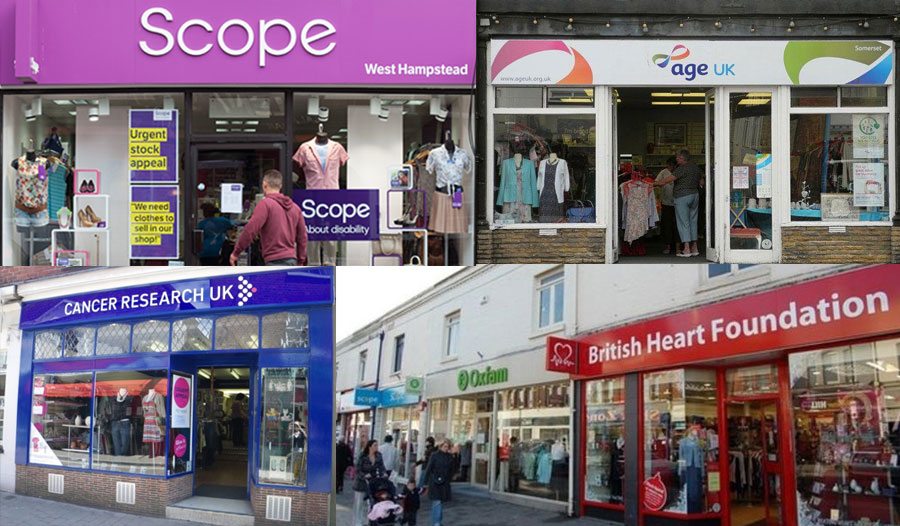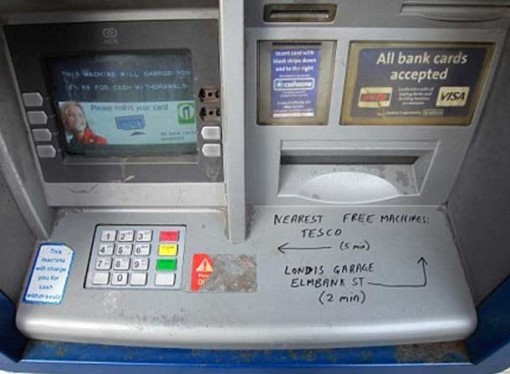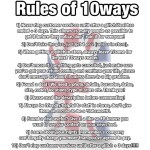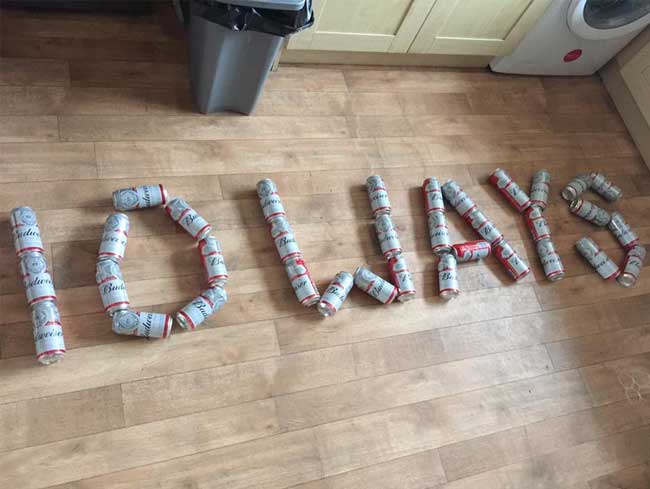Fancy getting a real bargain? Charity shops and secondhand shops may be a little old-fashioned, but they are great places to get a real deal. Whether you’re looking for something new for yourself or even to sell on for a profit, you can’t go wrong here. But where should you start? Here are some tips to help you bag a bargain!

Consider the location of the shop
You’ve likely heard it all before – classy areas are the best places to go if you’re looking for charity shop bargains. There’s some truth in it too. If you’re hoping to bag yourself something that’s designer or the like, you’re most likely to find it somewhere where people can afford that type of thing. What’s more, you should consider what these people can afford to give away as well. Many people would never dream of giving away a high-end jumper, whereas those who can afford it, might.
 However, there’s something else that you should think about when it comes to location and that is footfall. If a place is in the centre of a major city, the passing trade is going to be huge. That means that loads and loads of people will be waltzing in and out of the shop every day. The more people there are, the less likely the good stuff will stay put. Why not head to places with less people and less charity-shopping competition?
However, there’s something else that you should think about when it comes to location and that is footfall. If a place is in the centre of a major city, the passing trade is going to be huge. That means that loads and loads of people will be waltzing in and out of the shop every day. The more people there are, the less likely the good stuff will stay put. Why not head to places with less people and less charity-shopping competition?
Avoid overpriced charity shops!
 Yes, they exist! There are some charity shops out there that are way more expensive than you may expect. You walk into them, expecting to find a real bargain, check the price tags, and realise you’ve made a huge mistake. There’s not all that much you can do about it. Some charity shops seem to have no problem marking their prices up as far as they will go. As a general rule, if the charity shop price is more than 50% of the original RRP, you have a serious problem. You know what to do. Walk away.
Yes, they exist! There are some charity shops out there that are way more expensive than you may expect. You walk into them, expecting to find a real bargain, check the price tags, and realise you’ve made a huge mistake. There’s not all that much you can do about it. Some charity shops seem to have no problem marking their prices up as far as they will go. As a general rule, if the charity shop price is more than 50% of the original RRP, you have a serious problem. You know what to do. Walk away.
Get to know how the shops work
This next tactic may take a little time and energy to get right, but it will surely be worth it when you do. Every charity shop out there has their little kinks and quirks. For example, a shop that I go to tends to reduce their clothes every Sunday morning. I asked a staff member about it when I noticed the trend and she casually told me that if clothes hadn’t sold for a few weeks, they put them on the sale rail toward the end of the weekend. From then on, I knew that the best time to visit the shop (and no, I won’t tell you where it is!) was on a Sunday just before lunchtime.
 Of course, there’s no guarantee that you will find out a gem of information like this, but it’s worth trying all the same. The more you go to the shops, the more likely you are to find these things out and learn how they work. Be sure to keep your eyes peeled.
Of course, there’s no guarantee that you will find out a gem of information like this, but it’s worth trying all the same. The more you go to the shops, the more likely you are to find these things out and learn how they work. Be sure to keep your eyes peeled.
Build a rapport with the staff members
Oh, and if you want to get some sneaky insider information, there’s a great way to do so. Make sure that you befriend the staff members at your local charity shop. These people have all the answers when it comes to when they put out new stock and when they reduce items. It costs you nothing at all to be extra friendly and nice to these people. That effort on your part could soon pay off when it comes down to it. You never know, the next time you come sniffing around for some bargains, the staff members may remember you and help you along the way. It’s definitely worth a try.
Get ready to start searching
Now, comes the hard part. When you walk into the shop, you need to prepare yourself for a real search. Don’t think that you can just walk in off the street, spend two minutes looking at things, and walk away with a real deal. You can’t. Charity-shopping takes time and effort. You’re going to need to search through a whole load of junk before you find some treasure. Set aside a good amount of time to shop and, crucially, search.
 Of course, sometimes, you will find a deal quickly. Other times, you will find it seriously hard to get anything of value. The key here is persevering. Don’t give up when things get hard; just keep going. It doesn’t matter how many rails you have to look at, in the end, you will find something that you love. Simple.
Of course, sometimes, you will find a deal quickly. Other times, you will find it seriously hard to get anything of value. The key here is persevering. Don’t give up when things get hard; just keep going. It doesn’t matter how many rails you have to look at, in the end, you will find something that you love. Simple.
Always check the labels on clothes
 Okay, here’s one of the biggest things that you should do when it comes to charity shopping. Check the labels. When you pick up a clothing item, before you even check out what size it is, you should look at where it’s come from. For instance, if it’s from Primark or Tesco, and it still costs £4 in the shop, you may want to give it a miss. That’s not so far off what it probably cost to start with! You don’t need to waste your money on something like that so you’re best off putting it back on the hanger.
Okay, here’s one of the biggest things that you should do when it comes to charity shopping. Check the labels. When you pick up a clothing item, before you even check out what size it is, you should look at where it’s come from. For instance, if it’s from Primark or Tesco, and it still costs £4 in the shop, you may want to give it a miss. That’s not so far off what it probably cost to start with! You don’t need to waste your money on something like that so you’re best off putting it back on the hanger.
Ideally, what you’re looking for here is rare clothing items or designer brands. While you probably don’t know all the brands out there (unless you’re a real fashionista!), you have a magic machine in your pocket that does. Use your smartphone to check out what each brand is as you come across it and, importantly, how much it is worth!
Inspect pieces before you buy them
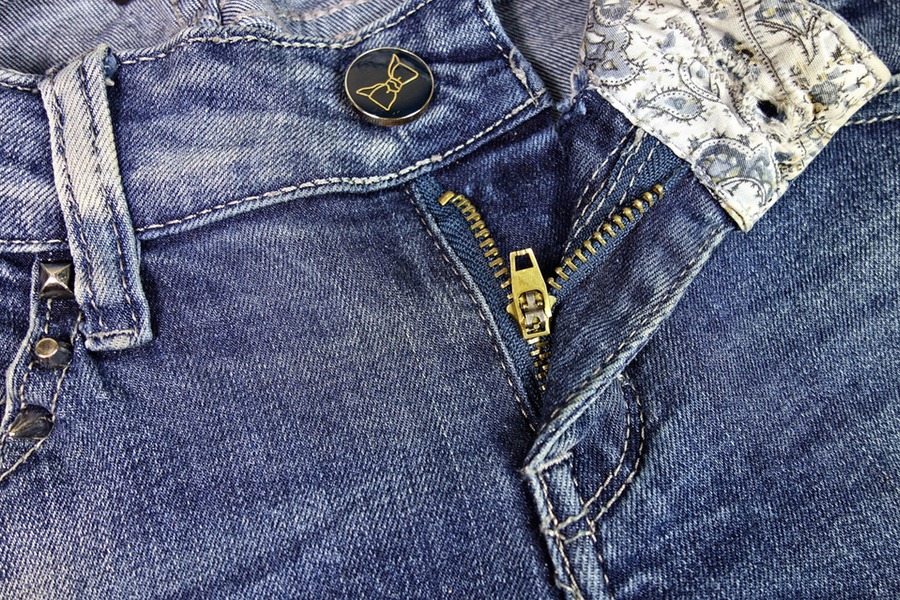 When you think that you’ve found something that’s worth your dosh, there’s one more thing that you need to do. Inspect the item and be as thorough as you can. You have no idea what condition it’s in when you first glance at it. Turn the piece inside out, check the seams, and make sure that there are no tears. You also need to watch out for things like discolouration and worn out material. While they may not be noticeable right away, they do mean that the clothes are likely to wear out sooner rather than later. Keep it in mind.
When you think that you’ve found something that’s worth your dosh, there’s one more thing that you need to do. Inspect the item and be as thorough as you can. You have no idea what condition it’s in when you first glance at it. Turn the piece inside out, check the seams, and make sure that there are no tears. You also need to watch out for things like discolouration and worn out material. While they may not be noticeable right away, they do mean that the clothes are likely to wear out sooner rather than later. Keep it in mind.
Look at the going rate on eBay
 Whether you’re checking out clothes, games, books, or antique cutlery, here’s a simple hack that will save you a whole load of time and energy. Whip out your phone and search for the item on eBay or even Amazon. Look at how much people are willing to pay for this particular thing online. That way, you will have an idea of how much you can potentially resell the piece for or whether it’s worth the price you’re about to pay. Since you will have your smartphone with you, there’s no excuse for making a poor decision or buying something that’s priced way too high.
Whether you’re checking out clothes, games, books, or antique cutlery, here’s a simple hack that will save you a whole load of time and energy. Whip out your phone and search for the item on eBay or even Amazon. Look at how much people are willing to pay for this particular thing online. That way, you will have an idea of how much you can potentially resell the piece for or whether it’s worth the price you’re about to pay. Since you will have your smartphone with you, there’s no excuse for making a poor decision or buying something that’s priced way too high.
Look out for things with ‘potential’
There are some things that just look plain bad when you see them in a charity shop. Let’s face it, these shops are usually pretty drab places, and they can make the best of things look pretty rubbish. When you’re checking out an item, take the time to consider what potential it really has. This involves taking a little longer to look at things before you buy them. Could you do it up and make it look any better? If it’s broken a little, is there a quick and cheap way to fix it? These are the things that you need to consider ahead of time.
Feel free to try haggling
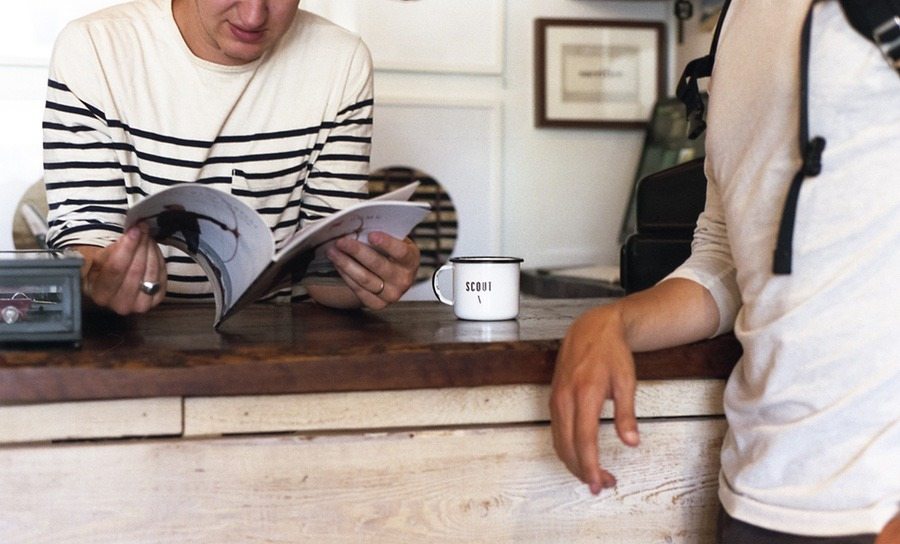
If the price seems a little high, you know what to do. Haggle. Since the prices in charity shops are usually just set by the staff, they have the authority to bring them down a little. There’s no reason that you can’t ask a staff member whether they are willing to give you a discount here or there.
Read: 10 Ways to Haggle
Be sure to have a good reason when it comes to asking for money off. You may point out some damage to the item or the fact that it’s not worth as much as the staff member may have thought. Be polite but straight to the point if you want to get anywhere and you should find that they are helpful.
Take a friend along with you!
Let’s face it, charity shopping can be pretty boring when you do it alone. If you want to make this experience more enjoyable, invite a friend to go along with you. This works on two levels to help you out. For one thing, the friend will keep you company and make the whole thing for, but they will also stop you buying rubbish things. Having a pal there means having a second opinion and being able to ask someone for advice. It’s just good sense.


